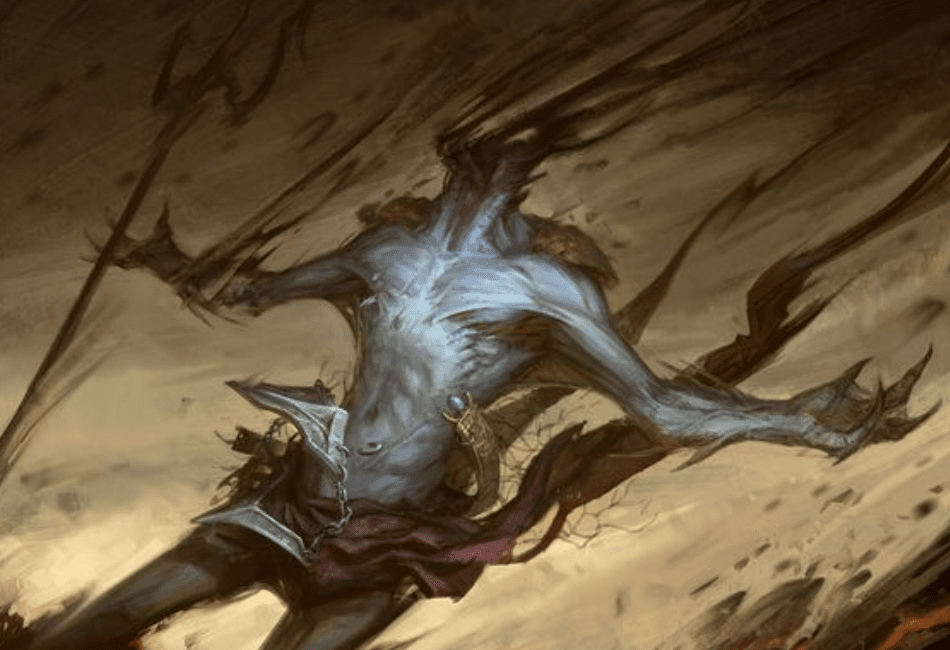There are a lot of spells in D&D that cause massive destruction. None are more famous or infamous than the legendary Disintegrate spell. Unmatched destructive power prevents resurrection except for the most powerful revival spells. With the introduction of the 5th edition, plenty of spells have lost their edge to make the game longer lasting. This is one of the few spells that underwent the changes and retained its deadliness.
I have been playing TRPGs for over a decade now and have DM or GM’d for nearly as long. At the same time, I cannot say that I have memorized every spell under the sun. I have learned quite a bit of them as most of my characters are full-casters or half-casters.
So from D&D to Pathfinder to Shadowrun, I can say that Disintegrate is one of the spells that go hard no matter what version it is in. So let’s get into why the spell featured in this Disintegrate 5e Guide is so powerful.
Disintegrate Short Version
Disintegrate is a spell that can do surprisingly many things, but here are the main details you should be aware of.
When targeting a creature, it must make a Dexterity saving throw against the caster’s spell save DC. On a success, nothing happens; on a fail, they take 10d6+40 Force damage. If this spell successfully reduces a creature’s health to 0, it is disintegrated.
The object is disintegrated if this spell targets a large or smaller nonmagical object or magical creations such as a Wall of Force. If the magical construct is Huge or larger, it only disintegrates a 10-foot cube of the object.
The spell can also be Upcasted to deal an extra 3d6 for each spell slot above the 6th level.
Long version
| Casting Time | 1 Action |
| Range | 60 feet |
| Target | 1 target you can see within range |
| Components | V.S.M.(A lodestone and a pinch of dust) |
| Duration | Instantaneous |
You might be wondering why this table is now in the extended version; well, the short version is that the critical part of the spell is its damage, as more often than not, you will be within range of the target.
Here is the spell’s effect:
“A thin green ray springs from your pointing finger to a target that you can see within range. The target can be a creature, an object, or a creation of magical force, such as the wall created by a wall of force. A creature targeted by this spell must make a Dexterity saving throw. On a failed save, the target takes 10d6 +40 Force damage. If this damage reduces the target to 0 hit points, it is disintegrated.
A disintegrated creature and everything it is wearing and carrying, except magic items, are reduced to a pile of fine gray dust. Clerics can only restore the creature to life through a true resurrection or a wish spell. This spell automatically disintegrates a Large or smaller nonmagical object or a creation of magical force. If the target is a Huge or larger object or a creation of magical force, this spell disintegrates a 10-foot cube potion. A magic item is unaffected by this spell.
At higher levels: When you cast this spell using a spell slot of 7th level or higher, the damage increases by 3d6 for each slot level above 6th.
In simpler terms, it destroys any nonmagical object in a 10-foot cube and damages a creature if they fail a dexterity saving throw. If a creature is reduced to 0 hit points by this effect, it turns to dust, and objects are similarly disintegrated. Casters can also use the spell to destroy a creation of magical force.
Let’s break down these effects and talk about them more.
Breakdown
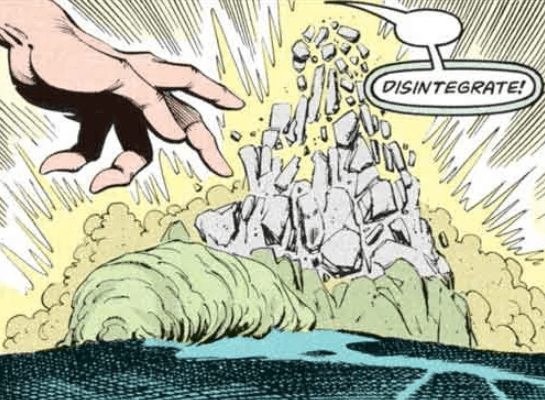
Each effect is simple to understand, but their applications may sometimes elude users who have just recently familiarized themselves with the spell. So for both the DM and the players, here are what they do and a few ways to use them to get comfy with this powerful spell.
Effect 1
Disintegrate Creature. This one is the most straightforwards; it forces a dexterity saving throw against the caster’s spell save DC. On a success, they successfully avoid damage by dodging the beam. Failure means they take tons of damage, and since it is Force damage, it is rare for it to be resisted.
This is how you compute for a Spell Save DC (Spell casting modifier + Proficiency + Special modifiers +8). Generally, at the level you can cast disintegrate, you would have a DC of 17. Pretty tricky but within range for a dexterous character or someone lucky.
Looking at the damage, it is understandable that it would do nothing on a miss. On average, 10d6+40 is 80 force damage. That is a massive amount to get hit by. Combine that with getting turned to dust if you perish from it, and it makes every cleric’s nightmare to face the topic of turning a creature to dust. The effect is powerful as well. While initially, it looks like a frightening aesthetic, its mechanical effect is dreadful to contend with. It makes revival near impossible and turns every nonmagical thing on the creature to dust. Everything is gone, from clothes to essential documents; it makes looting trivial as only magic items would be left.
It can be a way for the bad guy to cover his tracks or show off their power. Plenty of characters can cast this spell, and many monsters with access to it, so have fun using this powerful spell.
Effect 2
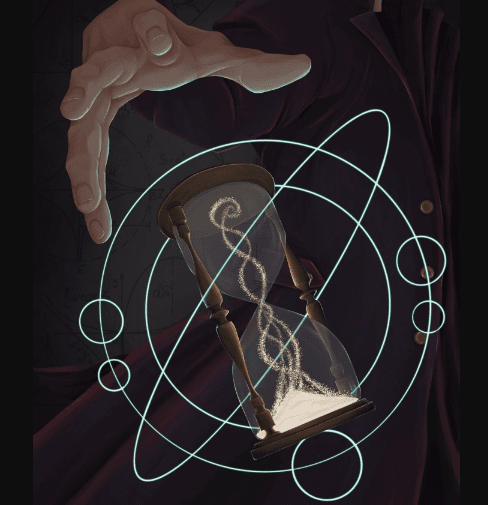
Disintegrating Nonmagical objects. Using this spell on small things such as paper or clothing is a waste. It is limited to a 10-foot cube and will only remove that 10-foot cube from larger objects. It’s excellent against barred doors or pesky puzzles. Walls, too, if you know how thick the wall is.
10-foot cubes are massive if you think about it. A chest is roughly a 5-foot cube, and a large chest is 10 feet. Doors are targetable, and chains on a drawbridge or pillars hold a room up. How you use the spell is up to you. In terms of sheer destructive power, this spell is second to none, even compared to Move Earth, Shatter, or Bigby’s Hand.
Technically it even trumps Wish as Disintegrate does not have a drawback or damage roll; it just removes the object entirely. Wish sometimes has faults, and who would wish to destroy a door when there are other spells to get around it.
Effect 3
Disintegrating Creations of Magical Force. This was initially meant to target the spell Wall of Force, and it targets any spell or ability made out of “Magical Force.” While it does force you to start reading spell descriptions more often, here are a few spells that meet the bill.
Bigby’s Hand is a spell that creates a giant hand that deals force damage on attacks. This is affected by Disintegrate.
Forcecage states explicitly that it is made out of magical force, so if you find yourself trapped in one, Disintegrate can destroy a wall and get you out of it.
Technically, Scry Spells. This includes Scrying, Arcane eye, etc. Spells that create a magical sensor to spy on people, while technically this is invisible, so long as you can see the spell, you can target it with Disintegrate.
The general rule of thumb that I follow is that if it does force damage and creates a source for it, it can be Disintegrated. If it states that it is a creation of magical force, it can be Disintegrated. When it all comes down to it, you can talk with your DM about it to see if it targets other spells.
Errata
In 2018, Disintegrate received an Errata that made its effects more player friendly. I do not adhere to this rule as it takes away the gravitas of the spell, but since it is the new Rule as Written here, it is. “A creature targeted by this spell must make a Dexterity saving throw. On a failed save, the target takes 10d6 + 40 force damage. If this damage leaves the target with 0 hit points, the target is disintegrated.”
So if they have any effects that activate upon hitting zero hitpoints, this gives them time to start, then the disintegration effect kicks in. A nice change if you want your players to feel satisfied after preparing heavily for a fight.
History
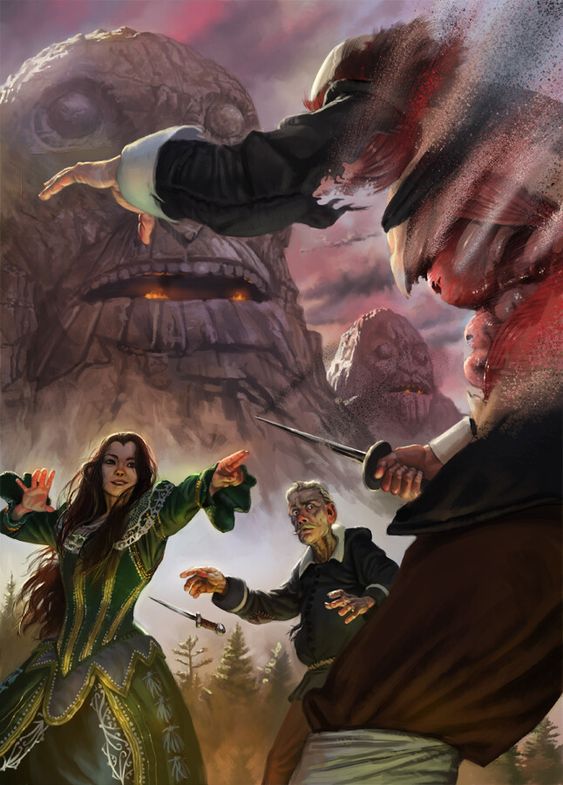
Back in the day, this was one of the spells classified as a “dodge or die” spell. A vastly deadlier version of our current “save or suck” spells. It meant that getting hit by this effect more often killed the character.
This spell started in Dungeons and Dragons 1st edition and has had a version of it exist in every iteration of D&D since then.
In the 1st edition, it was a 6th level Alteration spell. That disintegrated anything within one cubic foot. It had a saving throw for creatures and magical creations, so you had a chance to avoid it. The substantial part? It did no damage. Instead, it “causes matter to vanish,” an instantaneous and permanent obliteration. So if it hit your character somewhere vital, that was an instant kill.
2nd edition was relatively unchanged from its 1st edition version. They clarified its targeting, stating that if it targets one creature and hits, then that creature is obliterated. It added a size limitation of up to 10 cubic feet, so the excess would remain untouched if the creature were larger than 10x10x10. If it was targeting an object, the same size limitation applies.
The first significant change occurs in the 3rd edition of D&D. Firstly, the caster must successfully hit with a ranged touch attack, then the target gets to make a Fortitude save against its effect. On a success, they take 5d6 points of damage rather than disintegrating. In essence, they made it more challenging to land the effect of Disintegrate but also made the spell still have an impact on success.
4th edition is a weird one. So it is a Power wizards get as Wizard attack 19. Here the description of a brilliant line of green energy is formed. It does not instantly kill anymore, but instead, it does 4d10 + Intelligence modifier on a hit and does 2d10 + Intelligence modifier on a miss.
As time passes, this wizard-exclusive spell seems to lose potency and become more balanced, as having an instant kill in the game makes for a sad ending regarding low rolls.
Who can cast it?
With such a powerful spell, only a select few classes can have access to it. Since it is a 6th level spell, expect only full-caster classes to be on this list.
Sorcerer

Any sorcerer can learn this spell at the 11th level. So if you think your sorcerer has a penchant for destruction, pick this spell up anytime. Remember that sorcerers cannot change their spell list easily, so if you learn this spell, it will stay there permanently. Keep in mind that you have only so many slots, and any addition now may change your plans later.
Wizard

Wizards both canonically and mechanically gain this spell through deep research and study. Any subclass can learn it, and transmutation wizards gain the most benefits. Since wizards can switch out their magic on a long rest, you can write this spell down into your spellbook for 60GP, then take it with you when you know a massive battle is coming.
Bard (Magical Secrets)

Bards, too, can learn this spell once they get magical secrets at level 10. However, since they can only learn spells at levels they can cast, they have to learn to disintegrate at level 11. In doing so, they have to remove a bard spell from their spell list to learn this spell. So, keep this in mind if you want your bard to have this powerful spell in his pocket.
Cleric (Arcana Domain)

At the 17th level, Clerics of the Arcana domain gain access to Arcane Mastery, which allows them to learn a 6th, 7th, 8th, and 9th level spell from the wizard spell list. So on top of Disintegrate, you can also learn other powerful spells. However, you cannot choose spells of the same level, so make sure that if you get Disintegrate, you have already read the other spells available.
What monsters can cast it
Certain high-level monsters gain spellcasting abilities similar to how player classes do. So here are a few examples of monsters that gain access to this spell. (as well as a few others that do not list it directly but can take it as an alternative to one of their available spells)
Linnorm (Dread), specifically the Dread variant, these primeval draconic creatures have spell power equivalent to an 18th-level Sorcerer on top of their natural features and abilities, making them an enormous force to be reckoned with.
Liches and its stronger variant Demiliches can cast most spells, so having Disintegrate handy would strike fear into the hearts of your PCs. Bonus if there is a wizard in the party because a Lich is the dark alter ego a wizard could become in his pursuit of magic.
Dracoliches and ancient Dragons(in older editions) can cast magic similar to a wizard. So if you do not mind homebrewing slightly, these would make great spellcasters.
Mindflayers and Elder Brains can also reach these high-powered spells; illithids, despite being Psionic casters, can still cast wizard spells.
Last on this list would be devils and demons; once they have a true name or reach a certain power level, they gain access to spell casting. Demon lords, in particular, have a vast pool of spells to throw at their targets.
A special mention goes to Alhoons, who barely scrape into the list but are rarely ever seen, like hermits of the Illithid variety.
Interactions
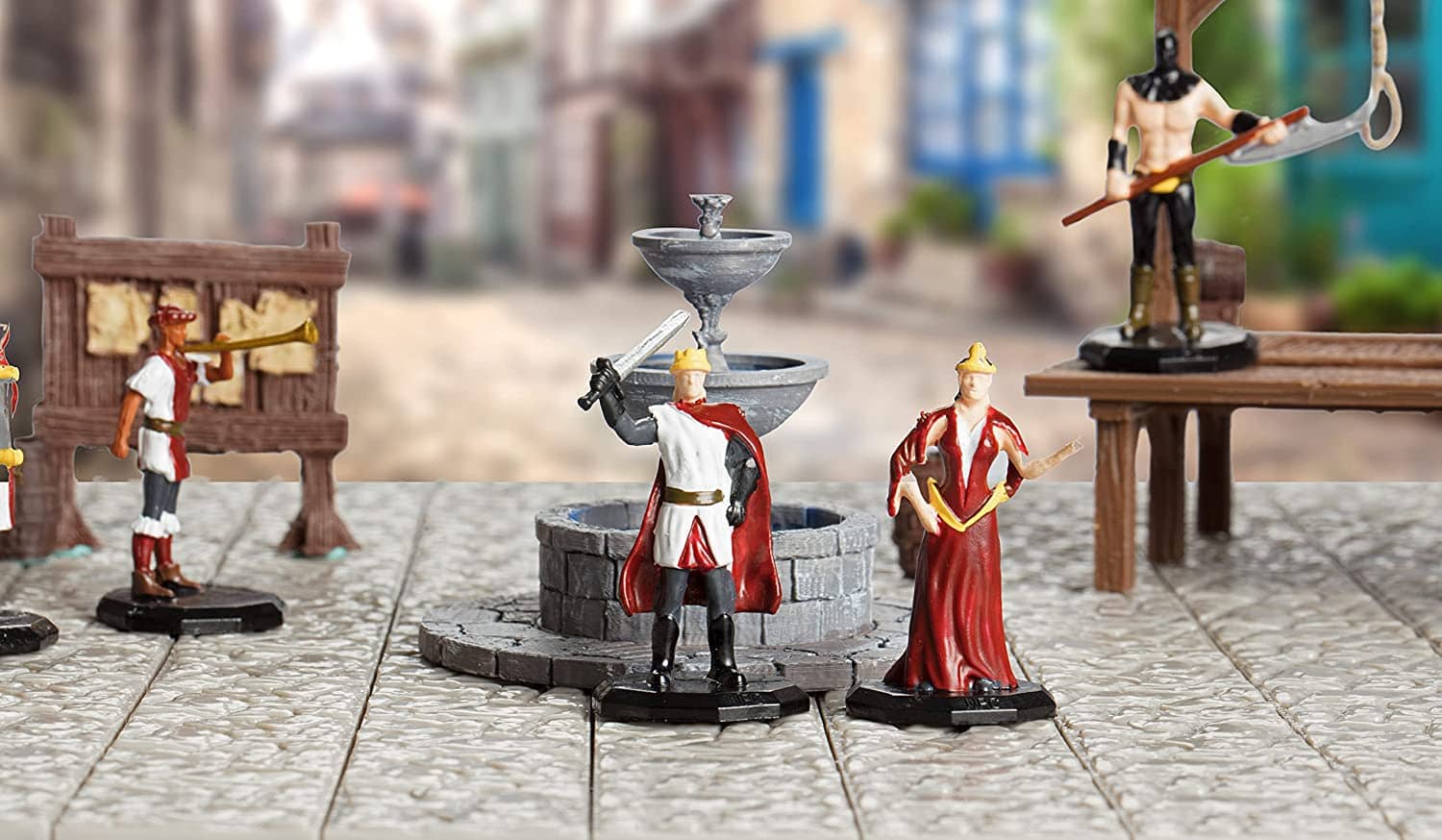
Given that this spell turns things into dust, a few clarifications need to be made about using this effect.
When targeting a wildshaped druid or polymorphed character, you need to ask the DM his interpretation of Disintegrate. Rules as Written (RAW), if it reduces the target to zero hitpoints, they turn to dust. Jeremy Crawford has stated contrarily as Rules as Intended (RAI) it is not meant to do such a thing and will drop the temporary form the character has taken on.
Another interesting question was if a massive creature swallowed something, would the swallowed target also disintegrate if the spell killed the more enormous creature. As a DM, I would say that they do not; however, RAW states that anything worn or carried is also disintegrated. So keep that in mind if you are blasting a Purple Worm that has eaten your friends.
Last on my list of exciting interactions is when you target something with the Immutable Form ability to disintegrate. Generally found on golems, it used to be an open debate on if it would turn them to dust or not. A bigger question was that if you targetted an inert golem, would it get disintegrated. Jeremy Crawford also addressed this. He said that Immutable Form does not work if they are already defeated at zero hitpoints.
Usage
Cool ways to use this spell are easy to access if you have the suitable class or party.
One is to combine it with a Hold spell, Person, Monster, so long as you can paralyze them, this spell becomes destructive. Paralysis as a condition in D&D does a whole slew of debilitating effects, but the one that matters most here is that they automatically fail any Dexterity saving throw they attempt. So you can imagine getting slapped with 100 force damage won’t feel too good.
Another is to Twin cast it. Sorcery points manage to reach this far, so hitting two targets with a massive 100 damage each is a sure-fire way to end a fight early. Twinned spells cannot target the same target, so you cannot blast someone twice in one instance.
Lastly, you can use it to create shortcuts. Walls, Doors, and passageways are all vulnerable to this spell. Even if they make a magical maze, you can blast through the walls given enough spell slots and time.
It has many more uses than just a damaging spell, so if you want to get inventive with it, why not?
FAQ
Question: Is Disintegrate Fire Damage?
Answer: No, Disintegrate inflicts Force Damage.
Question: Does Disintegrate do damage on a successful save?
Answer: No, it does not. A successful Dexterity saving throw against Disintegrate leads to taking zero damage from the spell.
Question: How much damage does Disintegrate do?
Answer: It does 10d6+40 Force damage and gains an additional 3d6 per spell level above 6th level if it was upcasted.
Conclusion
This spell has a lot of history and power behind it. If you are sending a message or getting rid of evidence fast, this spell is the way to go. For players, this is a good source of damage and a way to have the elusive Force damage in your spell pool, do not go overboard with it; otherwise, the DM might start using the spell as well.
- Prestige Classes 5e Guide - September 20, 2022
- Rod of the Pact Keeper 5e Guide - September 15, 2022
- Sanctuary 5e Guide - September 14, 2022

